
Blogs
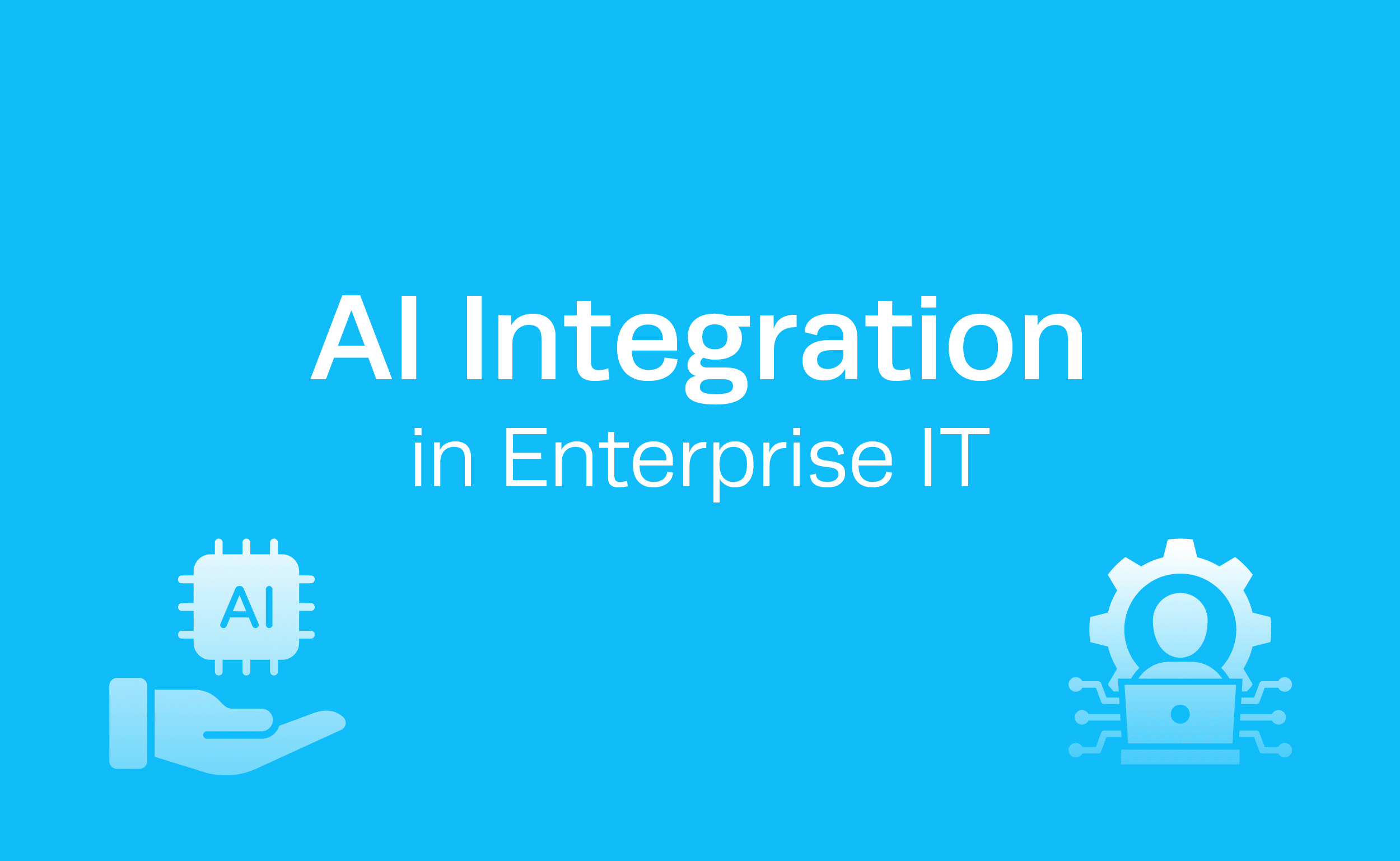
- Other
- |
AI Integration in Enterprise IT Systems: Why the Road Ahead Is Both Challenging and Rewarding
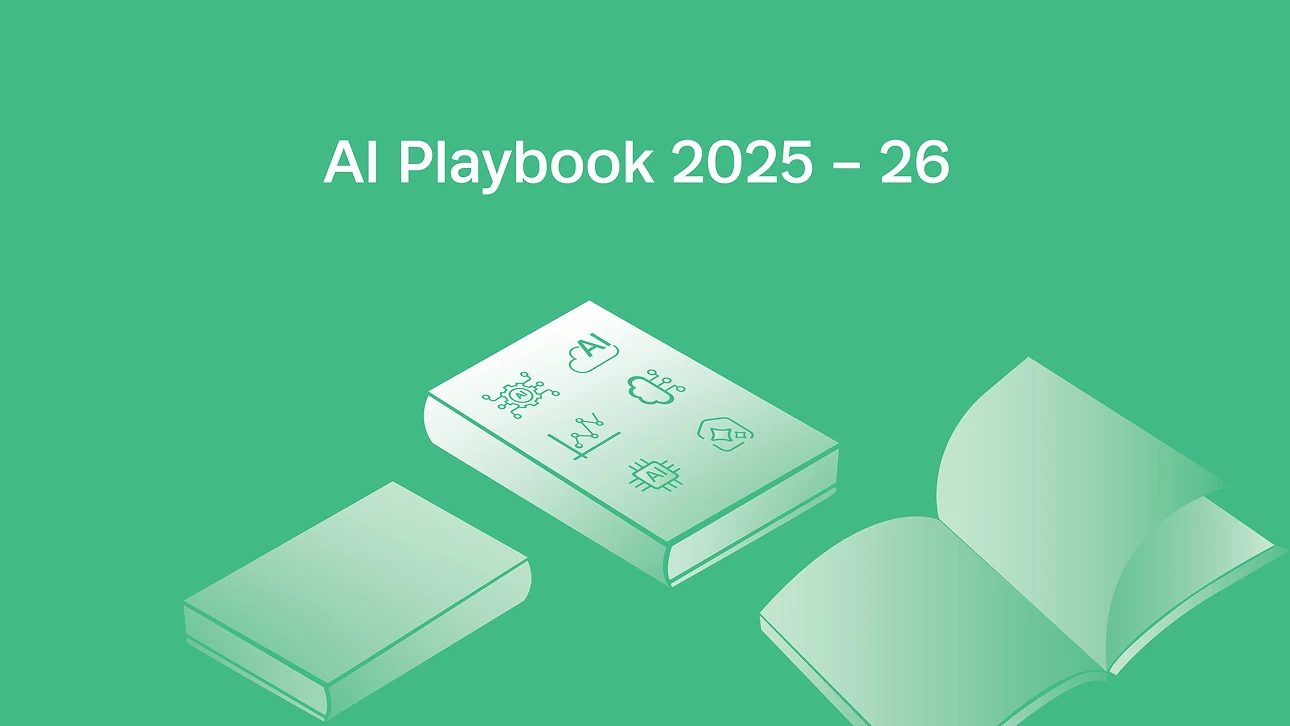
Why Every Organization Needs an AI Playbook in 2025 – 26
AI isn’t a future bet anymore; it’s already rewriting how industries operate.
But without a clear playbook, most organizations stall at pilots and waste tools.
An AI playbook gives structure, governance, and direction so AI actually drives business outcomes.
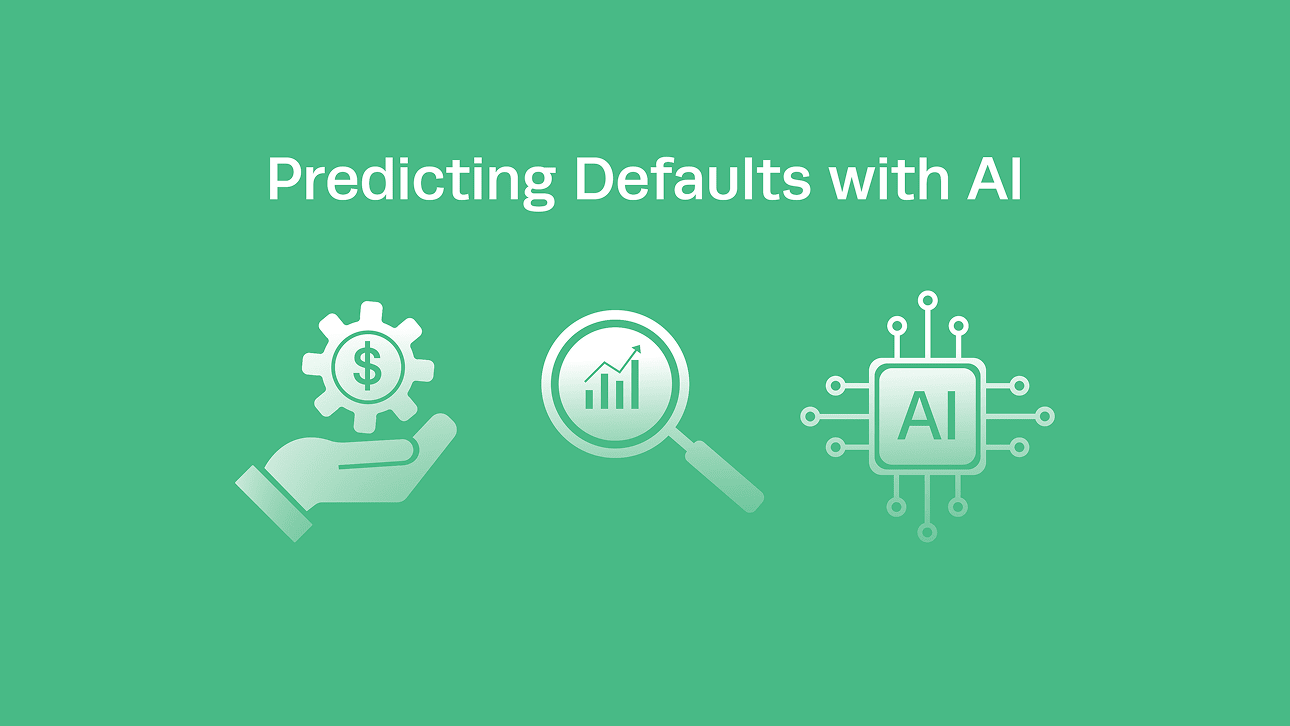
Predicting Defaults Before They Happen: The Role of AI in Lending
Traditional risk models detect danger after it’s already hit. In this piece, we explore how AI flips that timeline, spotting signs of distress before defaults surface. From feature engineering to Model6’s real-time risk insights, Bay6.ai is helping lenders not just react faster, but prevent smarter.
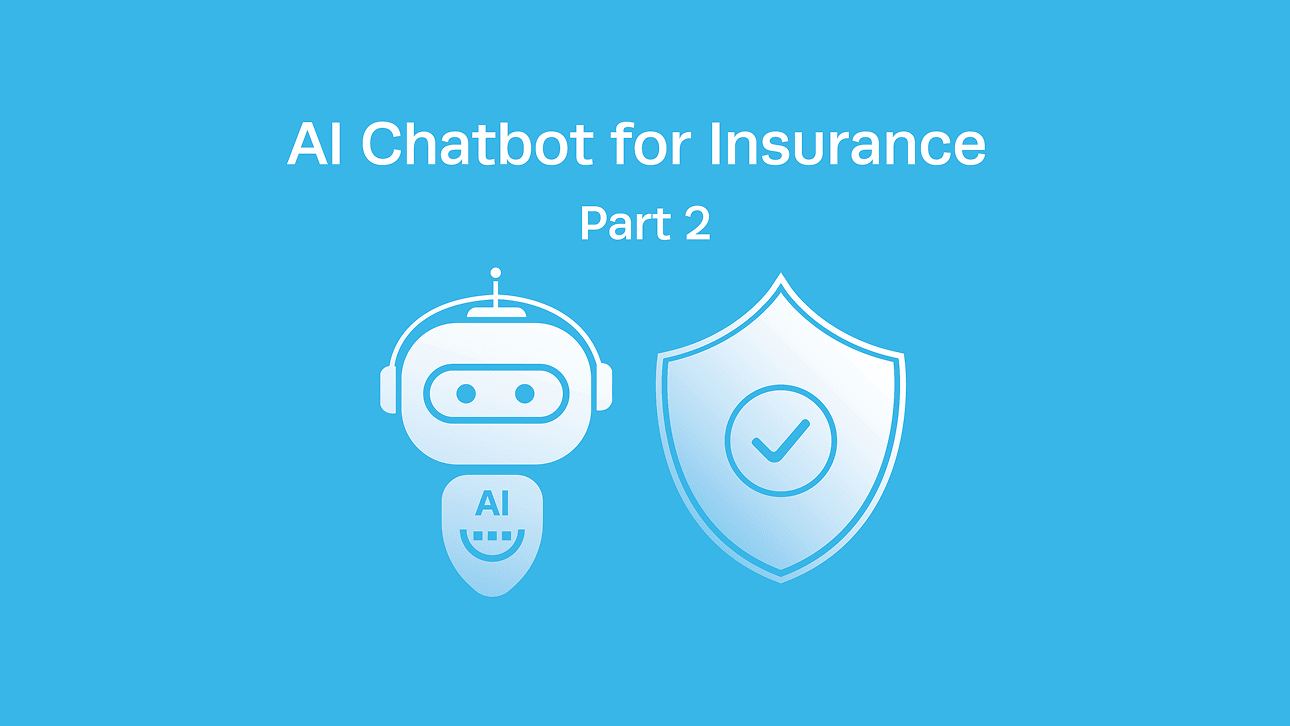
How AI Chatbots Are Reshaping Policyholder and Agent Experiences – Part 2
In Part 1, we explored the “why” and “what.” In this final piece, we’ve covered the “how.” Together, they offer a roadmap for carriers and MGAs to modernize customer and agent experiences with conversational AI.
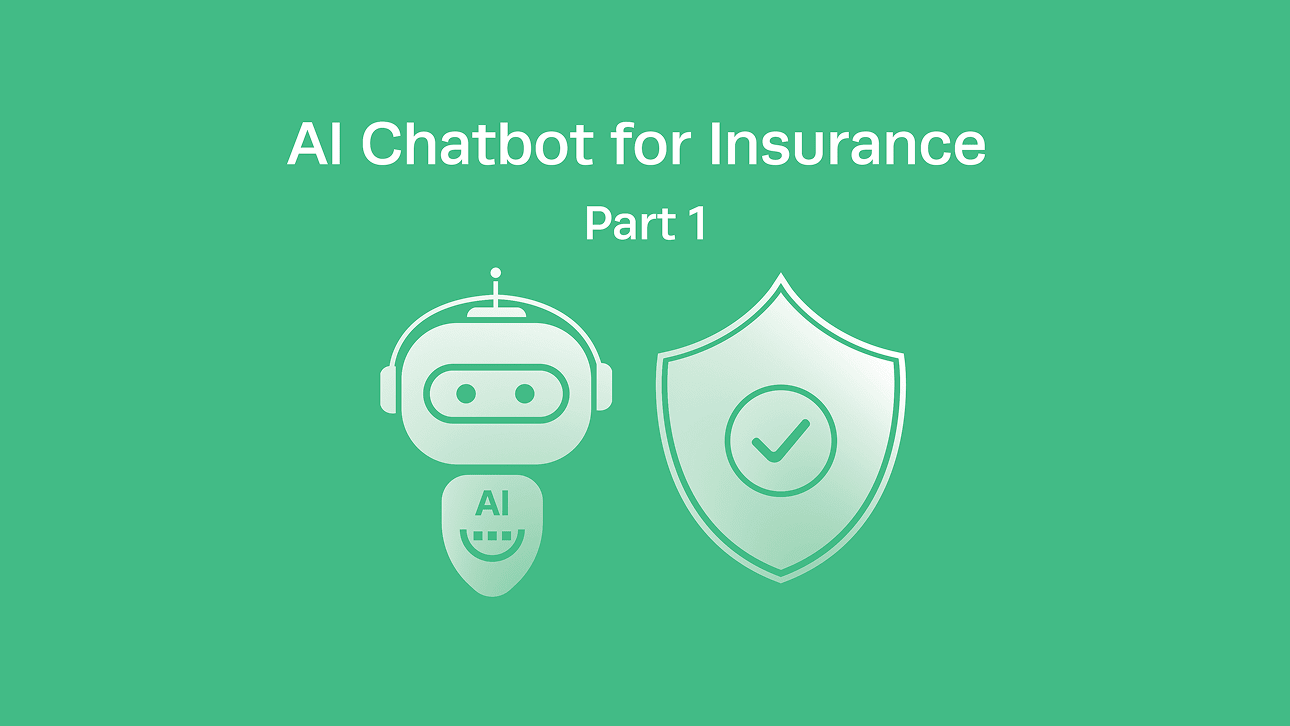
How AI Chatbots Are Reshaping Policyholder and Agent Experiences – Part 1
AI chatbots are becoming a practical way to relieve this pressure. When designed for insurance workflows and integrated with core systems, they handle the bulk of routine requests, route complex issues to specialists, and keep everyone informed in real time.
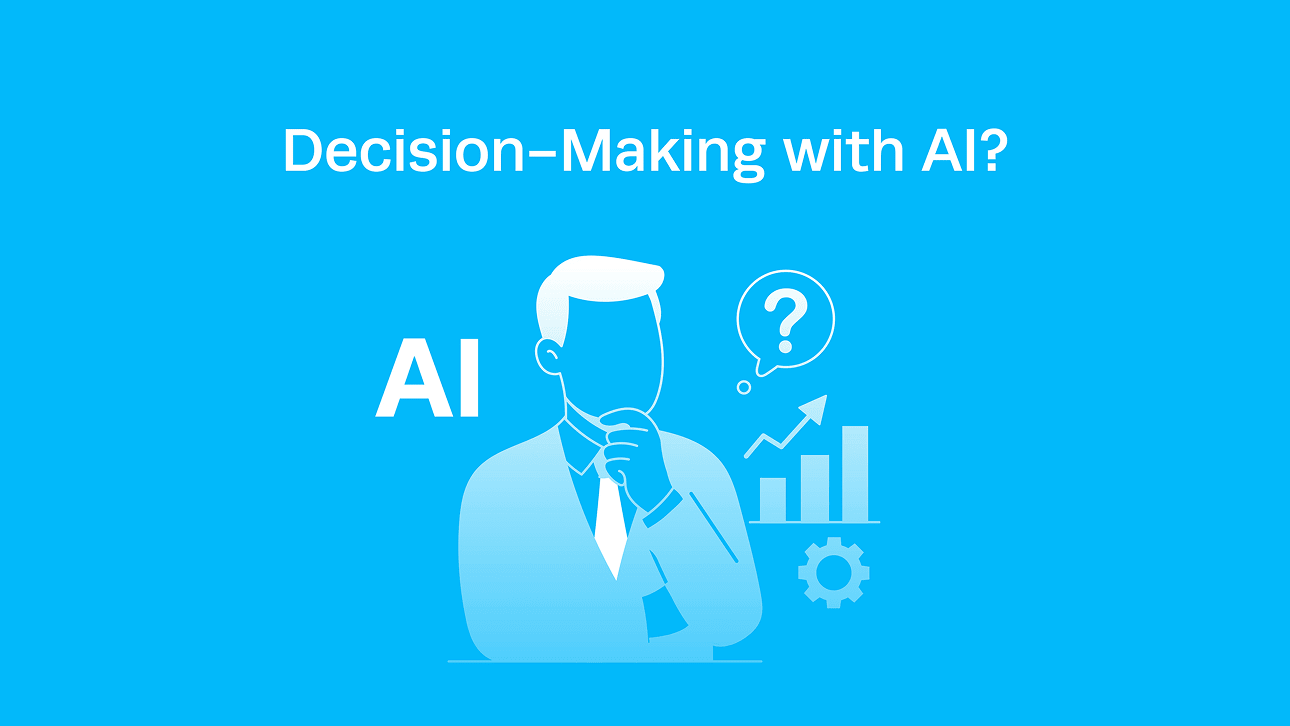
Can We Trust AI with Decision-Making?
Insurance leaders face the challenge of trusting AI with decisions that affect policyholders and profitability. This article outlines how AI can already automate claims, detect fraud, and guide underwriting, provided the right governance, oversight, and safeguards are in place.
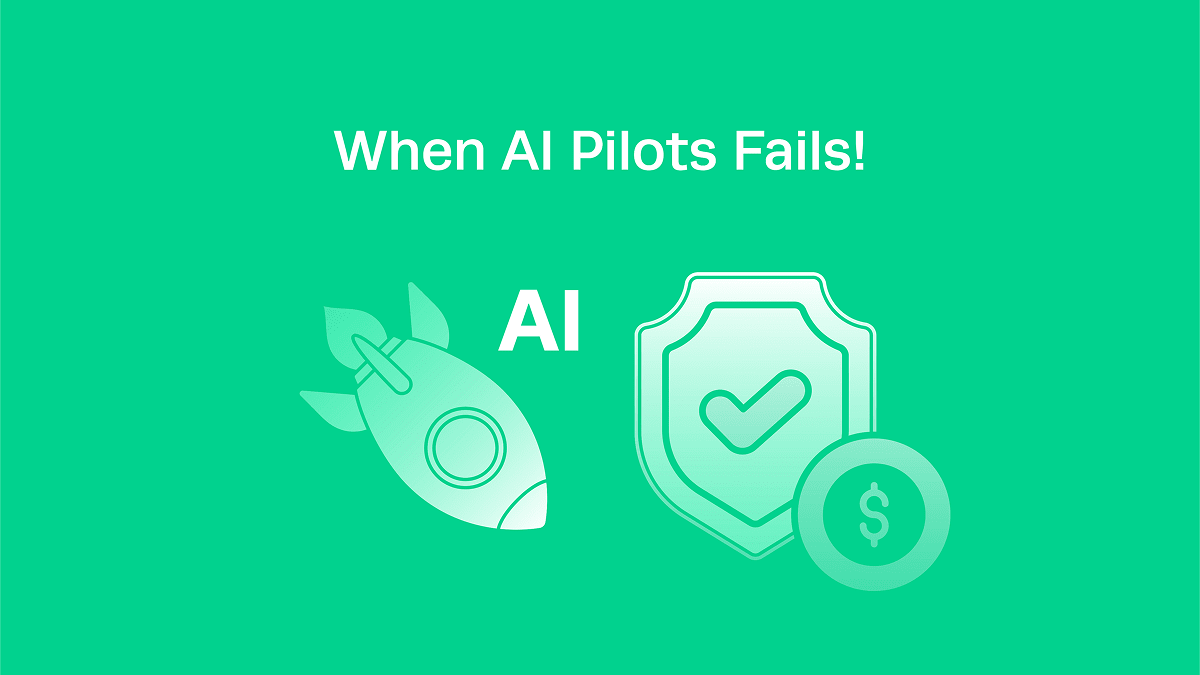
Why AI Pilots Fail, And How Insurance Leaders Can Finally Get Them Right
95% of enterprise AI pilots fail to deliver measurable ROI, and in insurance that translates to missed opportunities in claims, underwriting, and compliance. This blog breaks down the common pitfalls, vague goals, weak data context, poor workflow integration, and lack of governance, and shows how to avoid them.